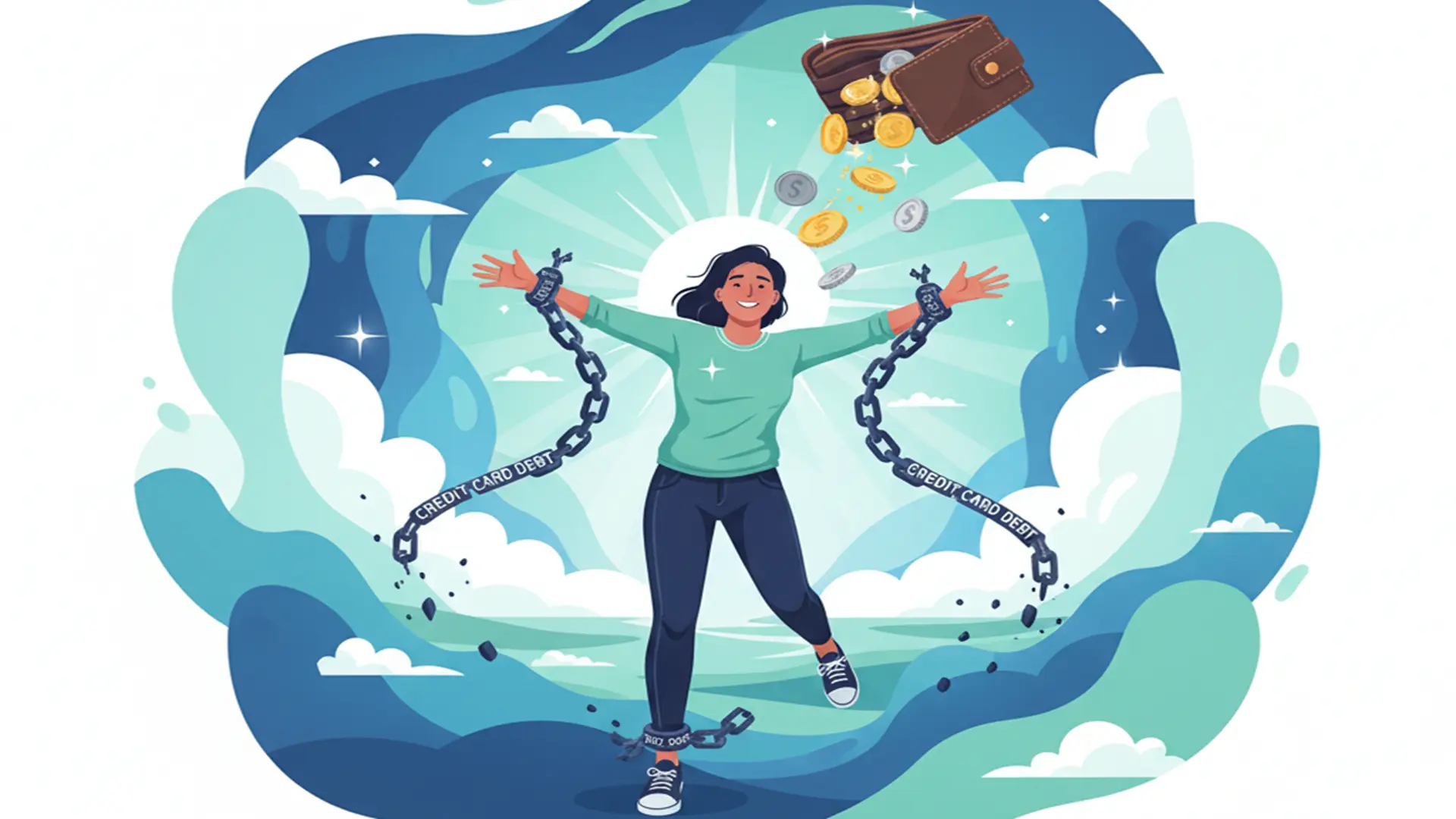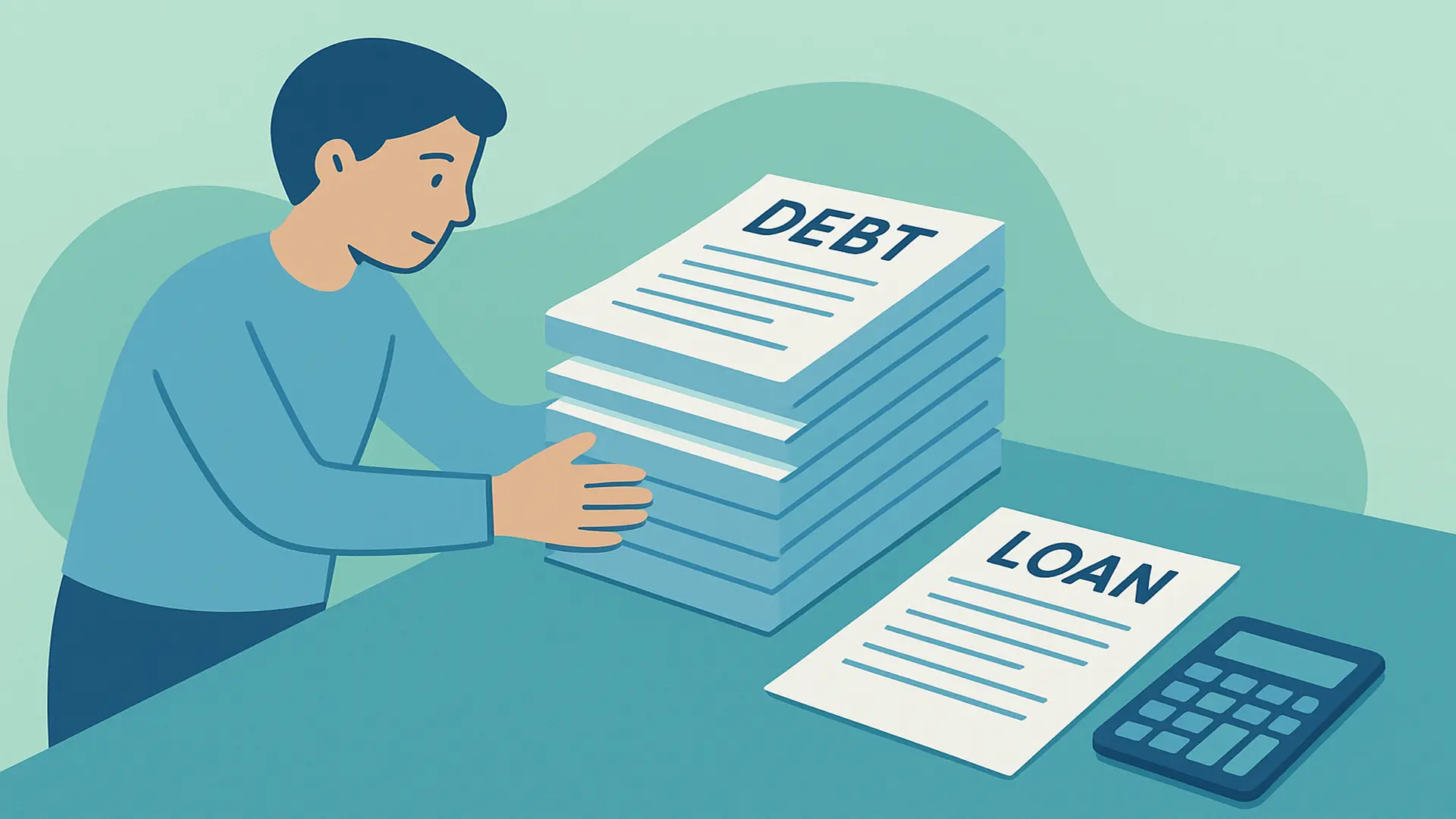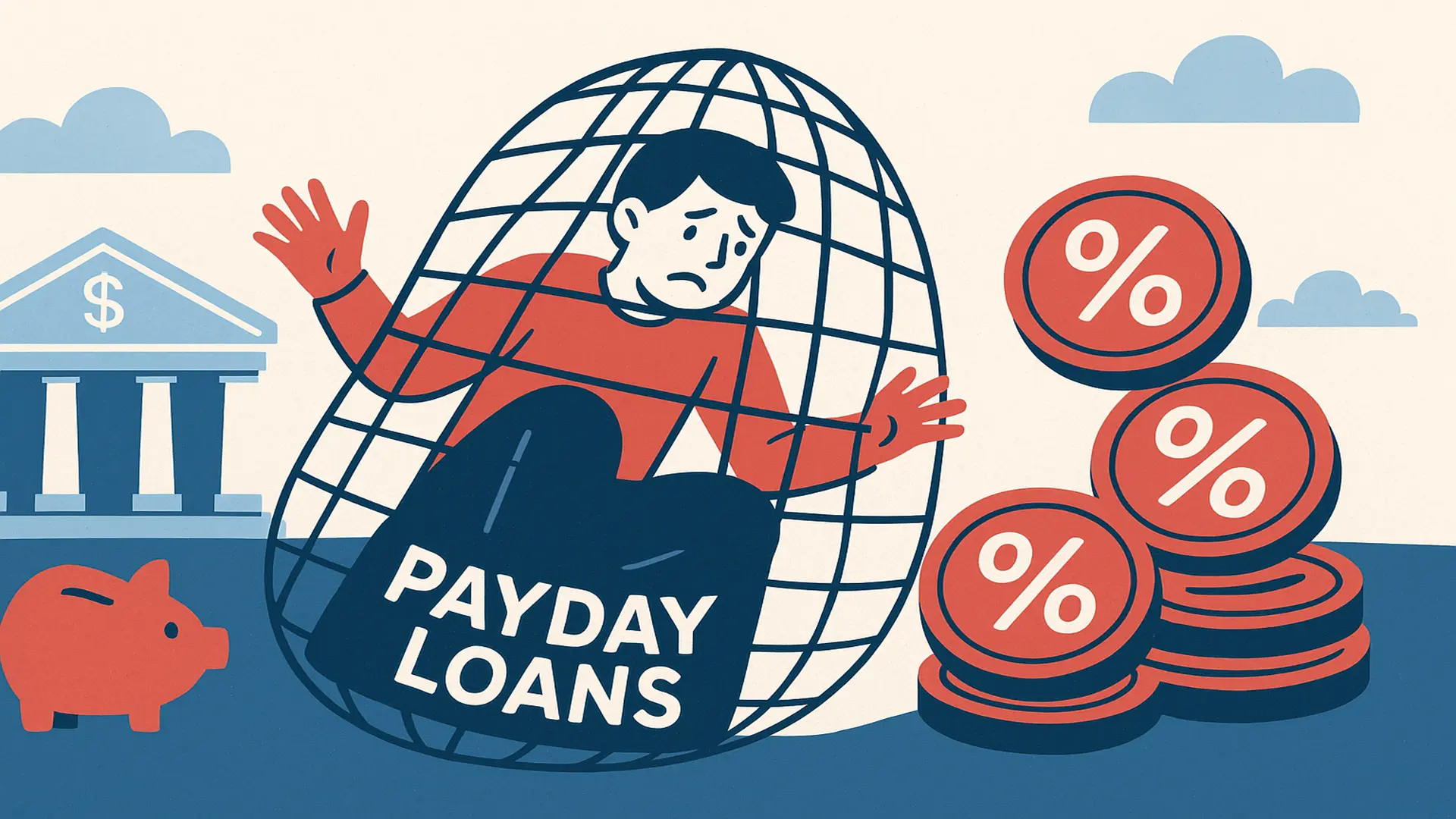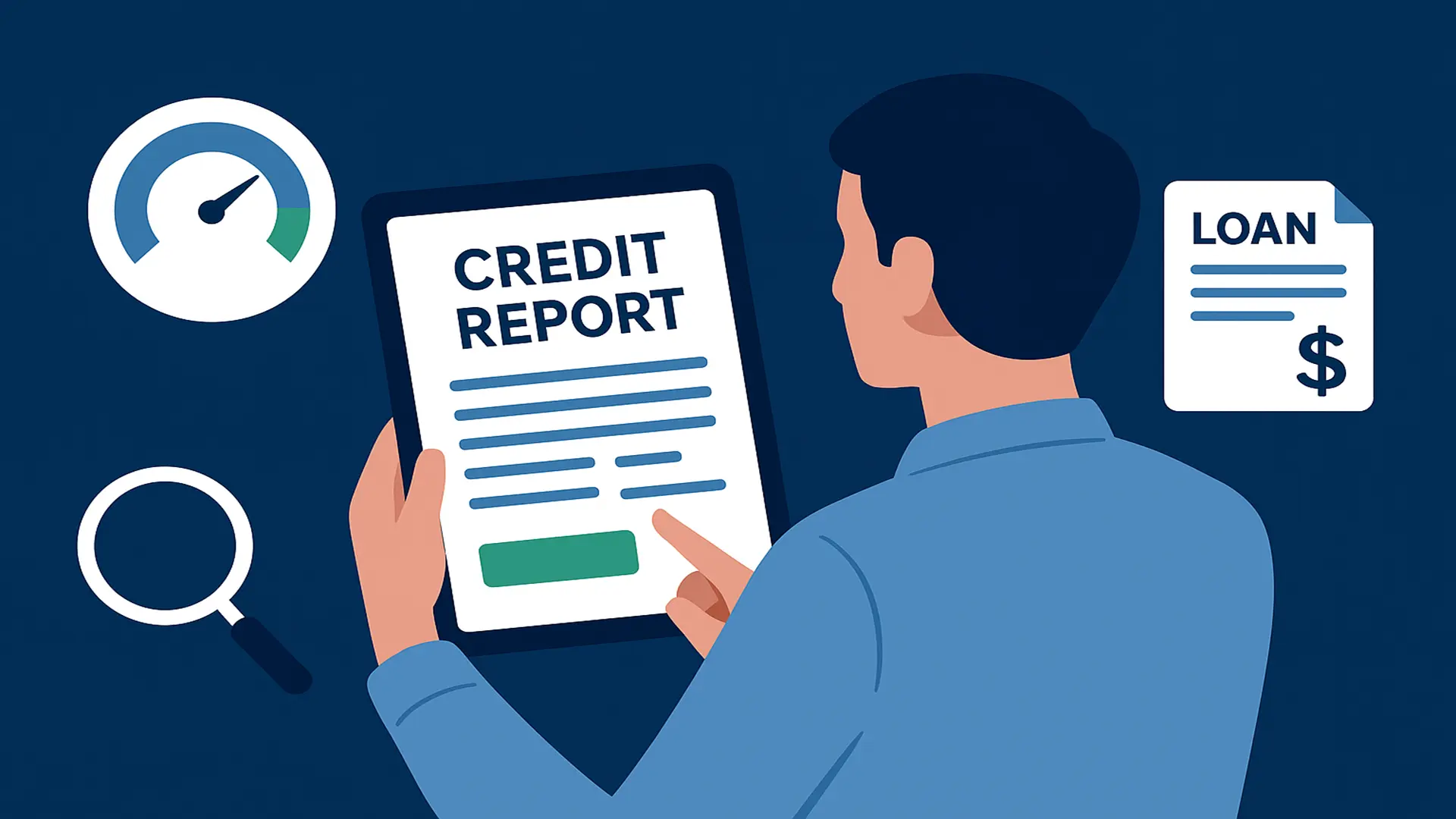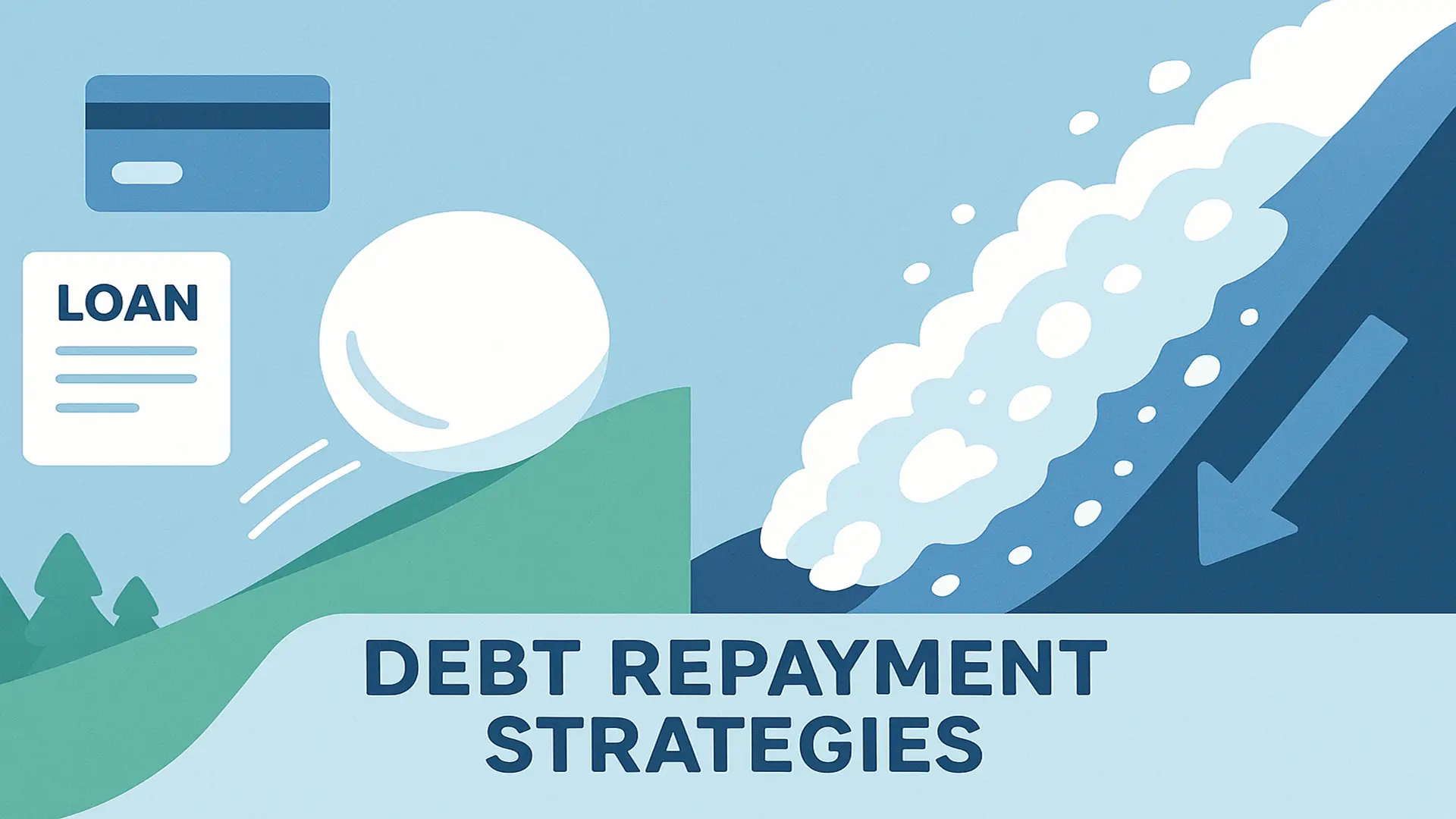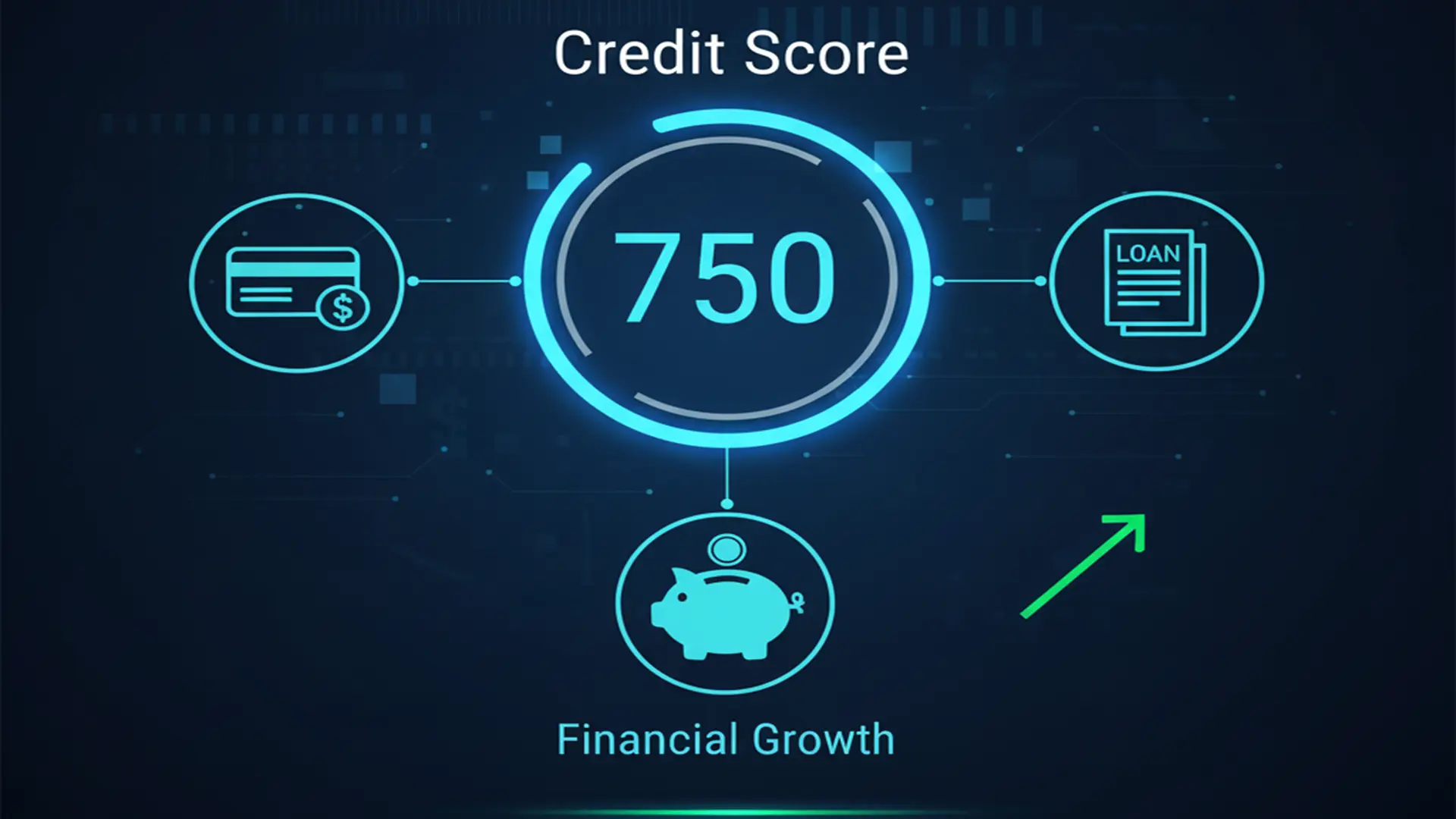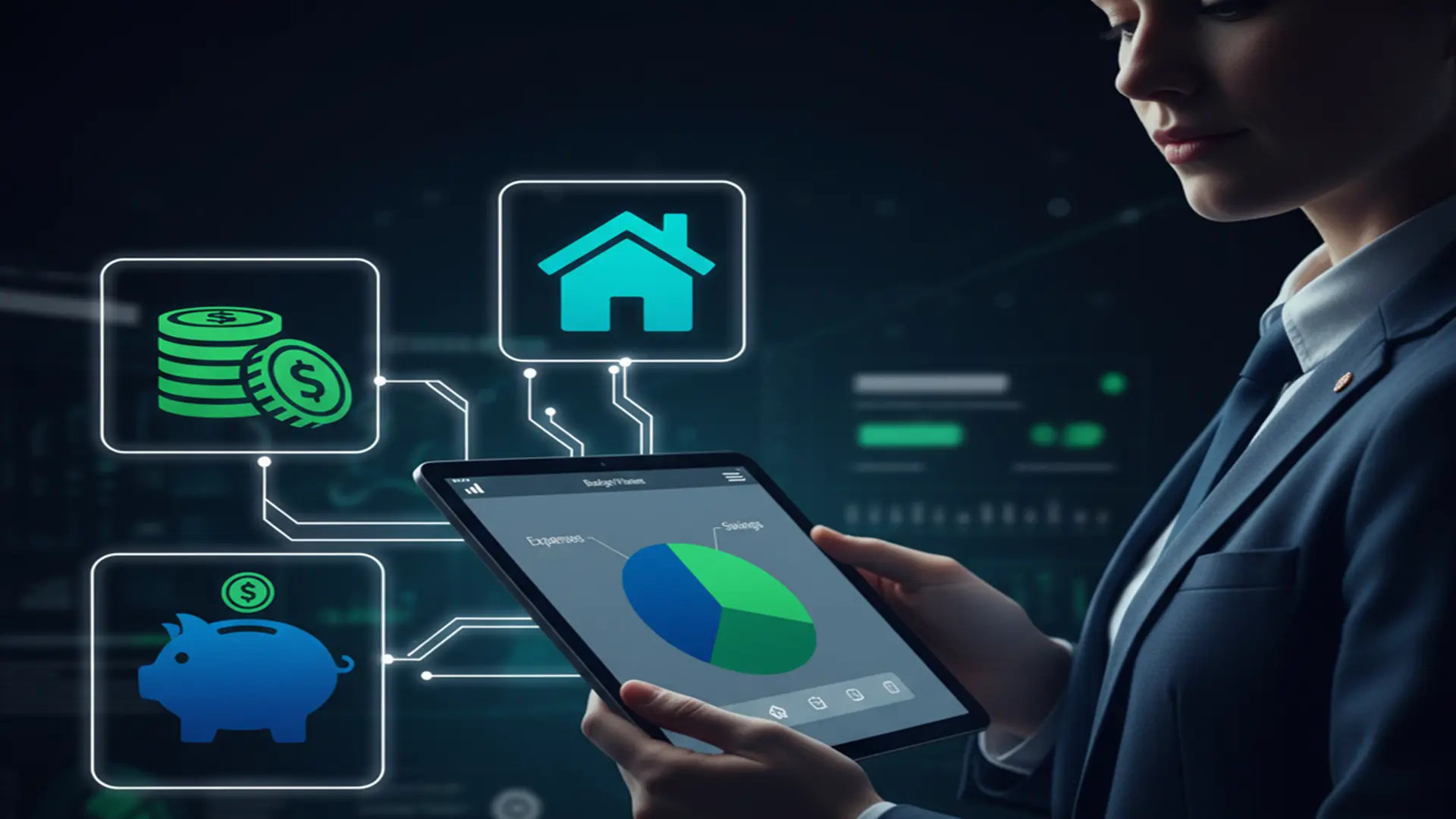Credit card debt could be a bit of a trap particularly for households with low incomes where every penny is worth it. A high rate of interest, typically 36-40% per annum in India increase balances rapidly, which can eat away at your budget. To get out of this debt is achievable by following a plan that is clear and discipline. With a few simple, achievable steps, you will be able to regain control of your finances and achieve financial freedom. This article provides practical steps to get rid of credit card debt even with a limited income.
Why Credit Card Debt is a Problem
Credit cards provide convenience, however they come at a cost. The interest rates in India average three percent a month by 2025, could double the amount of a balance of Rs10,000 in less than two years if it is not paid. For those with low incomes it can result in the loss of the funds required for necessities such as food or rent. A survey on financials in 2025 revealed that nearly 45% of Indian credit card holders carry an unpaid balance, which can increase the financial strain they face.
Repaying credit card debt can save you money as well as boost your score on credit. A lower balance will improve the ratio between your utilization and credit, which is a crucial factor in your credit score. Eliminating debt also allows you to free up money to save or for other purposes which is why these steps are essential to ensure financial stability.
Step 1: Assess Your Debt
Begin by collecting the credit card bills of all your accounts. Keep track of each card’s balance along with the interest rate and the minimum payment. If, for instance, you have a debt of Rs15,000 on one card at 36%, and another card at 40 percent, your total debt is a whopping Rs25,000. Understanding the whole picture can help you make better decisions.
Examine your budget each month to determine the amount you can put aside for repaying your debt. For a income of $20,000 and after expenses like the cost of rent and food and food, you could have around less than Rs2,000. This is a way to ensure you know your ability to repay debt and capacity, establishing a reasonable base.
Step 2: Stop Using Credit Cards
Continuing to use credit cards while in debt adds to your balance. Commit to using cash or debit for purchases. For low-income households, this prevents new charges that could strain your budget further. Store cards safely or cut them up to avoid temptation.
Calculate how much you can afford beyond the minimum. If your budget allows ₹2,000 monthly, allocate it to one card while paying minimums on others. A 2025 CIBIL report shows that paying above the minimum can cut repayment time by 50%, saving thousands in interest.
Step 4: Choose a Repayment Strategy
Two successful strategies include two effective strategies: the Avalanche and Snowball strategies. The Avalanche strategy targets the card that has the highest rate of interest first in order to lower interest. For instance, you should focus on a card with a rate of Rs10,000 with a rate of 40% prior to the Rs15,000 card with 36 percent. The Snowball method focuses on the smallest balance first to make quick wins for example, such as the clearing of a balance of Rs5,000 prior to the one of Rs20,000.
For people with low incomes, Avalanche saves more money however Snowball improves motivation. You can choose based on the priority you have: savings or speed. Both are viable if you commit to a monthly payment.
Step 5: Negotiate with Your Bank
Banks in India, like SBI or HDFC, may offer relief if you’re struggling. Contact your card issuer to request a lower interest rate or a payment plan. For example, reducing a 36% rate to 24% on a ₹20,000 balance saves ₹2,400 annually. Be honest about your financial situation to increase approval chances.
Some banks offer balance transfer options to cards with lower rates or 0% introductory periods in 2025. Read terms carefully, as fees may apply. Negotiation can make repayment more manageable for low-income households.
Step 6: Cut Expenses and Boost Income
Save money by cutting down on non-essential expenses. Avoid dining out, cancel subscriptions that are not being used or change to a lower-cost phone plan that will save you between Rs500 and Rs1,000 per month. Transfer these savings to credit card to pay for your payments. For example, removing each month by $500 from entertainment could pay off a balance of Rs6,000 in the course of a year.
You could consider a side business for online tutoring, or delivery, which can add the amount of Rs2,000 to Rs5,000 per month. Platforms such as Urban Pro or Swiggy, are popular in India by 2025, offer alternatives. Additional income can help with debt repayment without having to sacrifice essentials.
Step 7: Track Progress and Stay Motivated
Keep track of your debt reduction each month to ensure you are on the right track. Utilize a spreadsheet or applications such as MoneyView to monitor your balances and payment amounts. The sight of a balance dropping from Rs15,000 to Rs10,000 feels satisfying and helps you stay focused. Make small achievements, such as getting rid of one credit card by treating yourself to a treat at a reasonable cost.
If you experience obstacles, such as unanticipated expenses, make adjustments to your strategy, but don’t quit. A financial study from 2025 showed that consistent tracking boosts the chance of repayment by 30 percent. Be consistent and you’ll be able to see improvements.
Conclusion
The process of getting out of debt from credit cards is possible, even with the lowest income. Through assessing your credit card debt, halting usage, making payments that are higher than minimum amount, making a decision that includes negotiating with banks and boosting your income it is possible to get out of debt. These easy steps can ease the stress of financial burden and boost the credit rating of your family, clearing your way to the security of your future. Begin today, be disciplined while watching your financial debt decrease.
FAQ
Q: How long does it take to pay off credit card debt?
A: It depends on your balance and payments. Paying ₹2,000 monthly on a ₹10,000 balance at 36% interest takes about 6–8 months with Avalanche.
Q: Can I negotiate credit card interest rates?
A: Yes, contact your bank to request a lower rate or payment plan. Success depends on your payment history and situation.
Q: Should I close my credit card after paying it off?
A: Keep it open to maintain a good credit utilization ratio, but don’t use it unless necessary.
Q: What if I can’t afford extra payments?
A: Cut non-essentials or explore side hustles. Even ₹100 extra monthly helps. Contact your bank for relief options.
Q: Does paying off debt improve my credit score?
A: Yes, reducing balances and paying on time can boost your score by 50–100 points over time.
